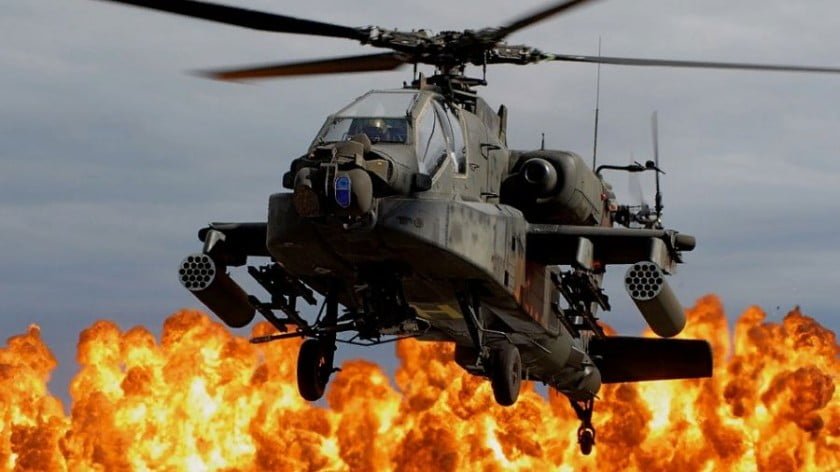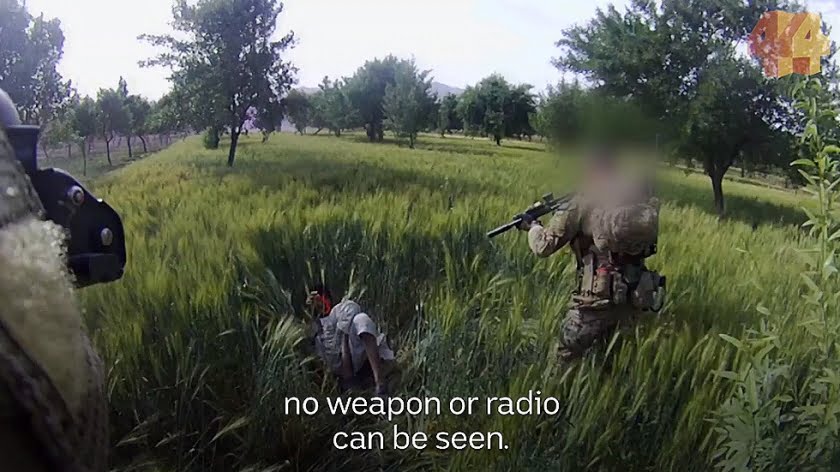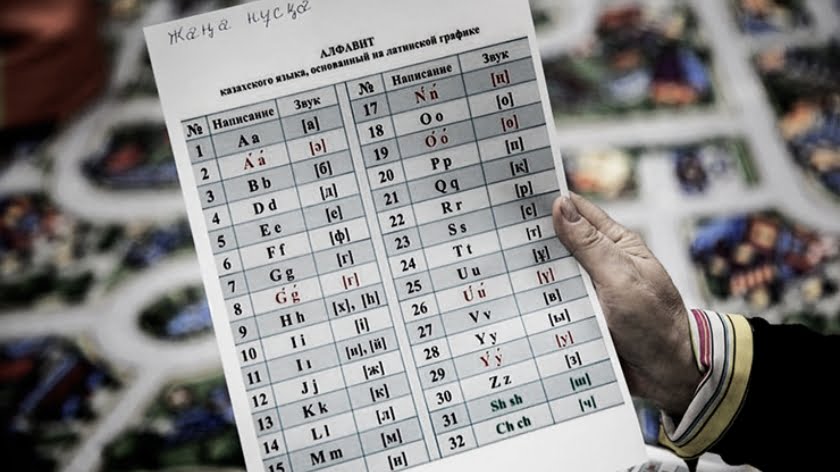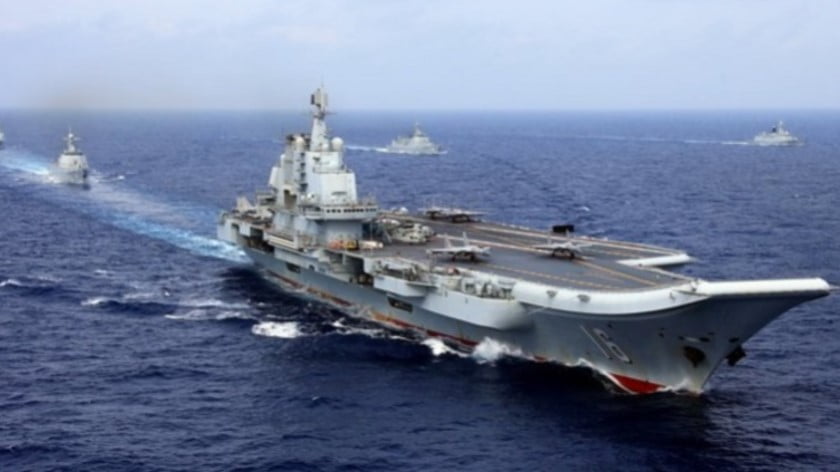Strategic China Russia Arctic Cooperation
Cooperation in building modern railway links, deep water ports and mining infrastructure in Russia’s Arctic and Murmansk Peninsula in the far north is becoming a strategic new element binding China and Russia. Its implications are worth a closer look.
On March 29 a high-level delegation from the Chinese Government and private companies will meet with their Russian government counterparts in the ancient seacoast city of Arkhangelsk on the White Sea at the mouth of the Northern Dvina River. The city is strategic as it is now navigable by ship year-around owing to technology improvements in Russian icebreakers. The occasion of the March 29 gathering is the fourth meeting of The Arctic: Territory of Dialogue forum since its creation by Russia in 2010. Among the agenda topics will be China-Russia cooperation in development of projects including the Belkomur railway and the Arkhangelsk deepwater port.
China’s delegation, seventy participants, will be headed by Vice Premier of the State Council Wang Yang, a Politburo member and leading Chinese political figure. Russia’s delegation will be led by Deputy Prime Minister Dmitry Rogozin. Rogozin is not only head of Russia’s Arctic Commission. For the past six years he has held the key post as Deputy Prime Minister responsible for the Russian defense and space industry. He is directly in charge of the Russian Foundation for Advanced Research Projects in the Defense Industry, Russia’s version of the US Pentagon DARPA.
Arctic Link to One Belt, One Road?
Though it’s not now being called such, the cooperation could conceivably become integrated into the vast China One Belt, One Road high-speed rail infrastructure and deep-water ports great project. That OBOR, as the Chinese call it, is rapidly developing into what will be a multi-trillion dollar development of the vast Eurasian land space with its enormous reserves of untapped raw materials–oil, gas, uranium, rare earth metals, gold and most every raw material needed by man.
For more than two centuries since the Napolean invasion of Czarist Russia in 1812, European and later USA geopolitical strategy has been to either attempt to conquer Eurasia, as with the Anglo-American China Opium Wars after 1840, or to destroy the development potentials, as with the London and Wall Street-financed 1917 Bolshevik putsch known in history as the Russian Revolution. Currently, NATO is pursuing the same geopolitical agenda of creating chaos in what Sir Halford Mackinder, the father of British geopolitics, called the Heartland–Russia and also China, as he described it in his later writings.
That is the real significance of the February 2014 US coup d’ etat in Ukraine led by Victoria Nuland Kagan and John McCain. It’s the real significance of the current US-backed escalation of tensions and sabre-rattling in the Korean Peninsula and South China Sea.
Viewed against that backdrop, the Sino-Russian developing cooperation in the Arctic have huge strategic implications, both economic, geopolitical and military.
Regaining Arctic Presence
For Russia, development of the infrastructure around Archangelsk and Murmansk has assumed strategic priority since the early years of this Century as NATO intentions towards Russia became more clear with the NATO eastward expansion, the 2004 US Color Revolutions in Ukraine and Georgia and the placement of hostile US missile defense installations on Russia’s perimeter.
The increasing strategic cooperation with China in development of Russia’s Arctic region brings new possibilities to undercut NATO economic sanctions imposed on Russia in 2014.
A good part of those sanctions targeted five Russian energy companies exploring the Russian Arctic shelf for oil and gas. Those were Gazprom, Gazprom Neft, Sourgoutneftegaz, Lukoil and Rosneft.
The Western sanctions slowed economic development of Russia’s Arctic dramatically as Western joint venture partners such as Rex Tillerson’s ExxonMobil were forced in September 2014 by the US Treasury sanctions unit to withdraw from major joint ventures with Russian oil company, Rosneft to develop the estimated vast energy resources of the Russian Arctic. Before US sanctions, ExxonMobil CEO Tillerson had signed a joint $500 billion Arctic energy development agreement with Russia’s state-owned Rosneft.
With China’s growing interest in cooperation with Russia in development of the infrastructure of the Russian Arctic territorial waters, Russia has a significant alternative to the Western oil companies to share considerable oil and gas development costs in the Arctic. China’s large state-owned China National Petroleum Corporation (CNPC) has been in negotiations with Russian Rosneft for joint exploration of the offshore regions in the Russian Arctic of the Barents and Pechora Seas’ shelves.
In November 2014, just as US sanctions cut ExxonMobil participation, Russia’s Gazprom discussed joint development on the Russian Arctic shelf with China National Offshore Oil Corporation (CNOOP).
Now the upcoming meeting between Chinese and Russian industry and government participants will significantly advance Sino-Russian economic cooperation in the Russian Arctic. In late 2015 during President Vladimir Putin’s visit to China, the large Chinese state conglomerate, Poly Technologies agreed to be the main partner in financing, planning and construction of 712 kilometers of new railroad and modernization of 449 kilometers of railroad that already exists. Since 2012 the Chinese state-owned China Civil Engineering Construction Company had been involved in construction of the other sections of what is known as the Belkomur rail link.
Belkomur Rail Link strategic
This 1161 kilometer $15 billion Belkomur rail line, one of the largest infrastructure investments for northwest Russia, will pass from the White Sea to the Urals through Komi, and will connect the mining and industrial areas in Perm in the South-Urals to the port of Arkhangelsk via Syktyvkar in the Russian Komi Republic, enabling a much shorter connection between the Urals and the North-West of Russia, creating a major new route for trans-Siberian cargo. The transportation distance from the Urals to the North-West of Russia will be reduced by 800 km and costs by 40% less. The total cargo traffic of Belkomur is estimated to run at 24 million tons per year. Principal cargoes will be coal, bauxites, alumina and potassium chloride.
The Komi Republic holds vast resources of coal in the Pechora coal basin, oil and natural gas in Timan-Pechora oil and gas province, bauxite, gold, diamonds, titanium, sulfur. Almost two-thirds of the area is rich forest land and reindeer husbandry is a major agricultural sector.
The Russian decision to open up more comprehensive development jointly to Chinese companies in the resource-rich Russian North is a direct consequence of the foolish US and EU sanctions since 2014.
Archangelsk Deep Water Port
The Belkomur rail line is integrally linked to building of a new deep-water port at Archangelsk. Here, the Chinese are also involved in a critical way. Poly International Holding Co., a major Chinese state-owned enterprise active in international trade and coal-mining, iron ore and crude oil exploration investment, together with Russia’s Arctic Transport and Industrial Centre Arkhangelsk, signed an Agreement of Intent in October, 2016 for construction of a new deep-water port 55 kilometers north of the City of Arkhangelsk. It will have an annual capacity of up to 45 million tons and will be able to handle ships with a deadweight to 100,000 tons.
The new rail link coupled with the new Russian deep water port will enable economic infrastructure linking Archangelsk, Komi Republic, Sverdlovsk and Perm regions. Perm, near the Ural Mountains on the Kama River, one of Russia’s deepest rivers, is a major junction on the Trans-Siberian Railway with lines to Central Russia, northern Urals, and the far east of Russia. Perm has two big railway stations – historical Perm-I and modern Perm-II. The Kama River is an important link in the unifyinga key part of the deep-water system of Russia, connecting with European waterways. From the Kama river area it is possible to ship cargo to sea ports of the White, Baltic, Azov, Black, and Caspian seas without reloading.
On March 14, a Chinese delegation from Poly International was also in Mormansk, a port city on the Kola Bay, an inlet of the Barents Sea, where they reportedly plan to invest $300 million in enlarging the port for a coal shipping terminal. A new railway line a railway line is under construction along the western shore of the Kola Bay that will connect the coal terminal with the Russian national rail grid.
Now with completion of the Sino-Russian railway and port links, major new economic gains for the entire vast resources-rich part of northern Russia will open. The Eurasian land mass, despite, or actually because of, the foolish Western economic sanctions, is becoming one of the most beautiful economicn development areas of our poor planet. It is a model the warring West might consider as alternative to their many wars.
By F. William Engdahl
Source: New Eastern Outlook







